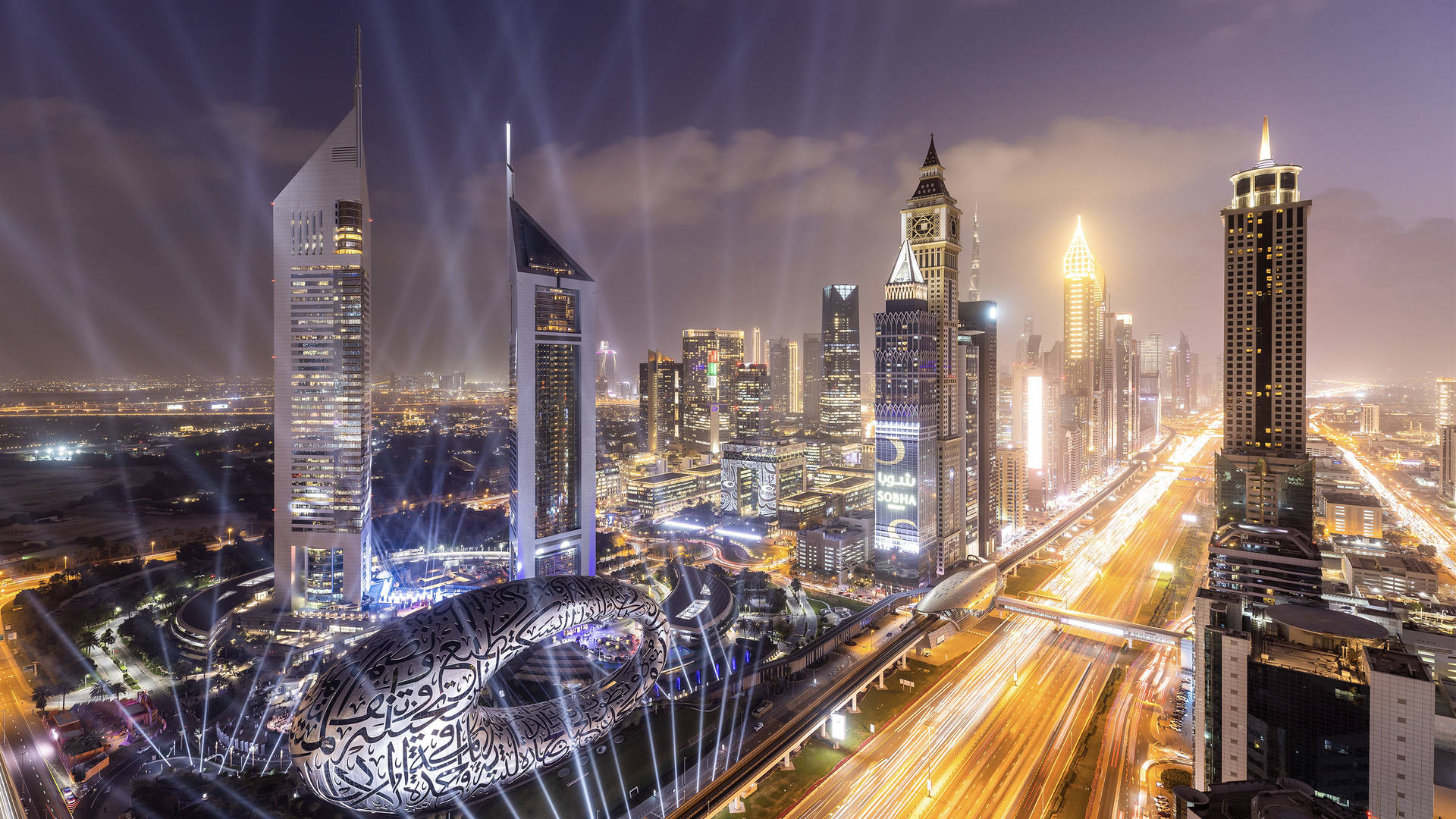Dubai architecture: five inspiring designers
The vibrancy of Dubai architecture has been shaped by forward thinkers.
The vibrancy of Dubai architecture has been shaped by forward thinkers.
The vibrancy of Dubai architecture has been shaped by forward thinkers.
Dubai can be understood as a fishing village transformed into one of the most futuristic cities in the world in little over fifty years. Crucial to this march forward has been a deliberate investment by the city in its architecture, and the cultivation of architects who see Dubai as their canvas to experiment with their most creative and innovative projects. Below, we shine a light on some of the most experimental architects who are sculpting the future of Dubai architecture.
When Jumeirah approached British architect Tom Wright in 1994, the brief was simple: design the building that would put Dubai on the map. This was to be a building as synonymous with the city as the Eiffel Tower is for Paris or Big Ben for London. Wright was inspired by Dubai’s roots in fishing, and the traditional Arabian sailing vessel the dhow. He designed the building to have a sail-like silhouette, appearing to billow in the sea breeze, to symbolise the nation sailing from the past to the future. In 1999 The Burj Al Arab, new symbol for Dubai, was opened to the world.

The creation of the Burj Al Arab can be seen as the start of the Dubai construction boom. Many architects realised that Dubai provided an opportunity for them to realise their visions of a new future. Hazel Wong’s team were inspired by the nautical imagery of the Burj Al Arab, as well as Dubai’s position at the confluence of the world’s major shipping lanes. She thus designed the twin Emirates Towers to look like two ships passing in the night, one ship representing Dubai as a centre of business and the other as a centre of tourism.

Shaun Killa’s team at Killa Design dreamt up the extraordinary Museum of the Future, which ushers in a new era of architecture-as-art in the city. The museum is shaped like a torus, a geometric shape resembling a ring, which is intended to represent the cyclical nature of time and the continuous progression of technology. The building is clad in stainless steel panels, creating a futuristic look and reflecting the changing light of the city’s desert surroundings. The facade is a canvas for the poetry of His Highness Sheikh Mohammed Bin Rashid Al Maktoum, which, rendered in the calligraphy of Mattar bin Lahej, tells the story of his thoughts about the future.
